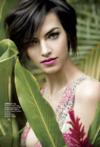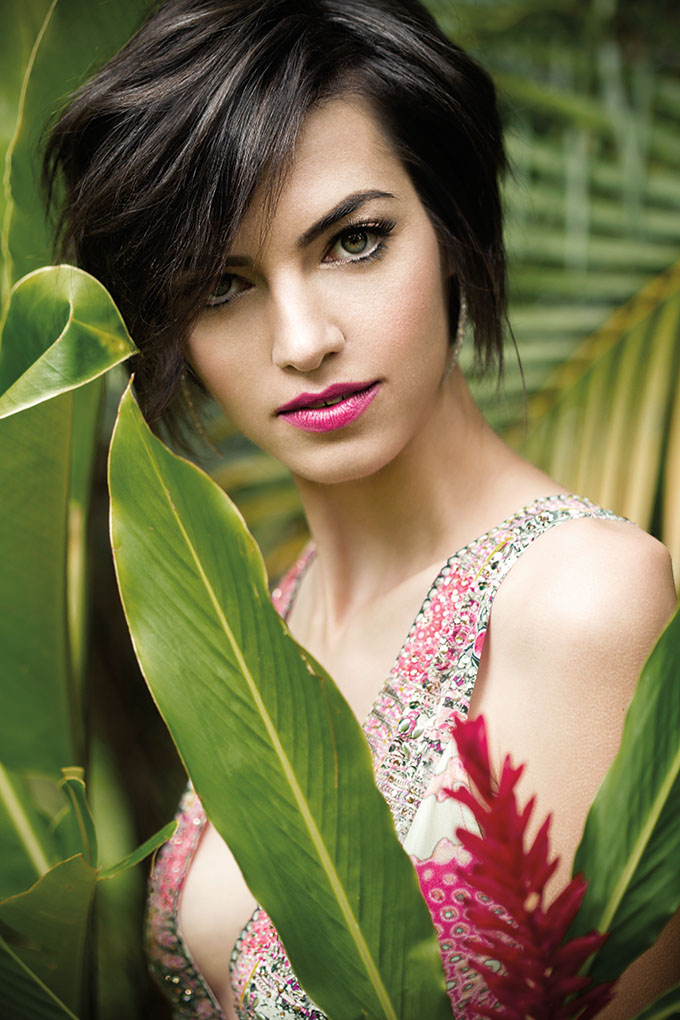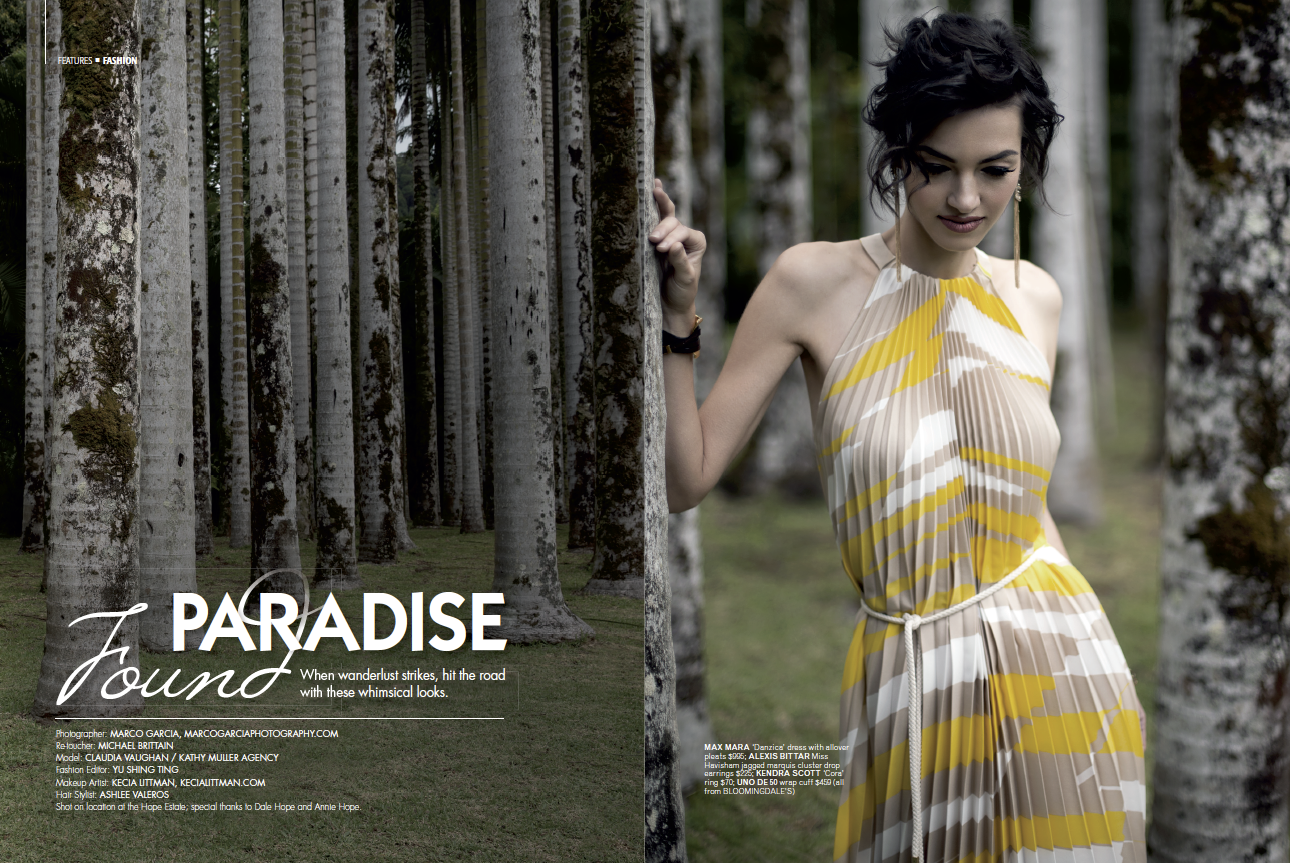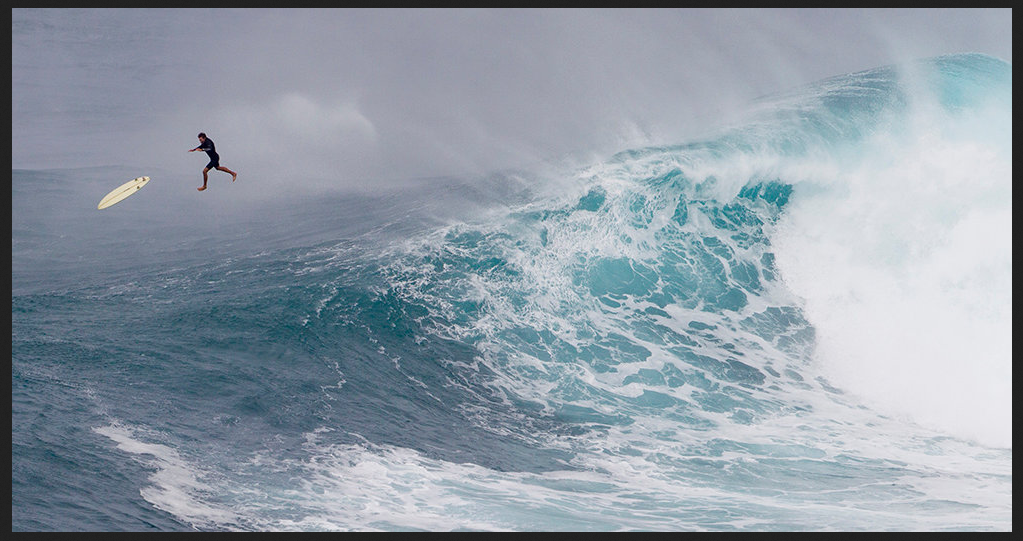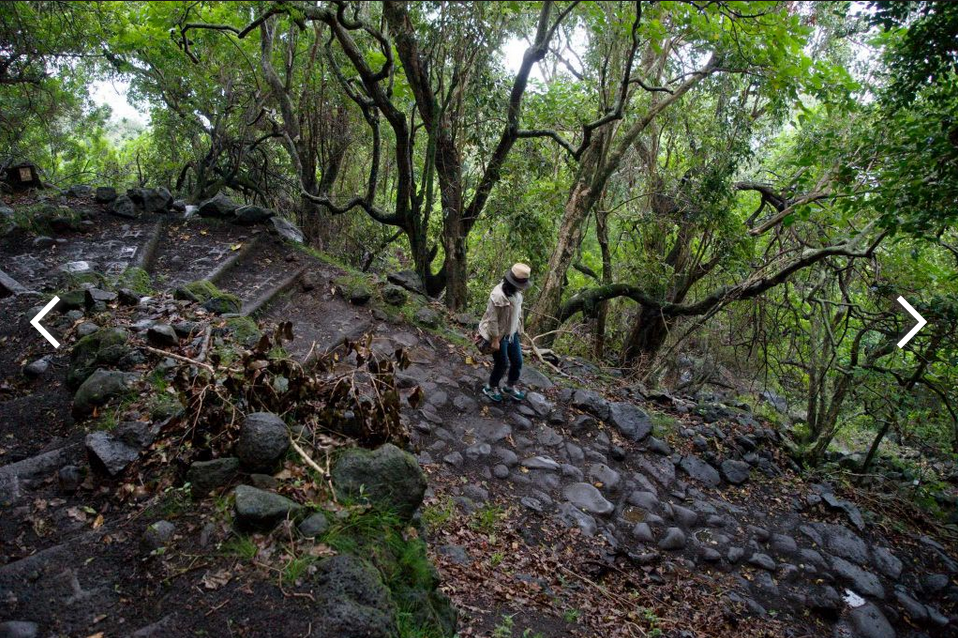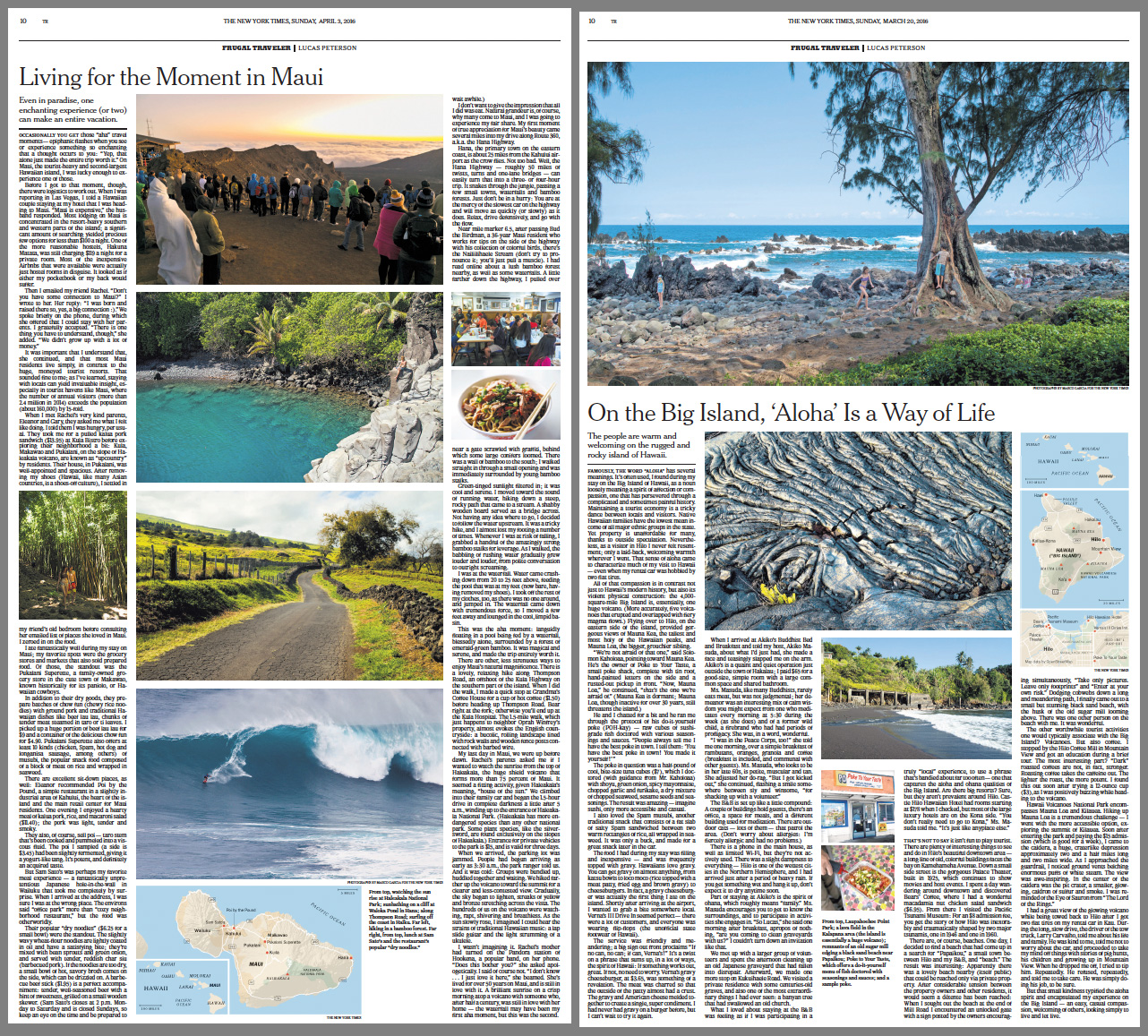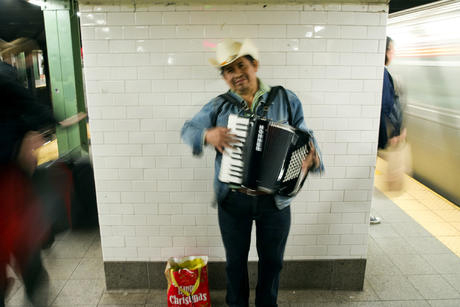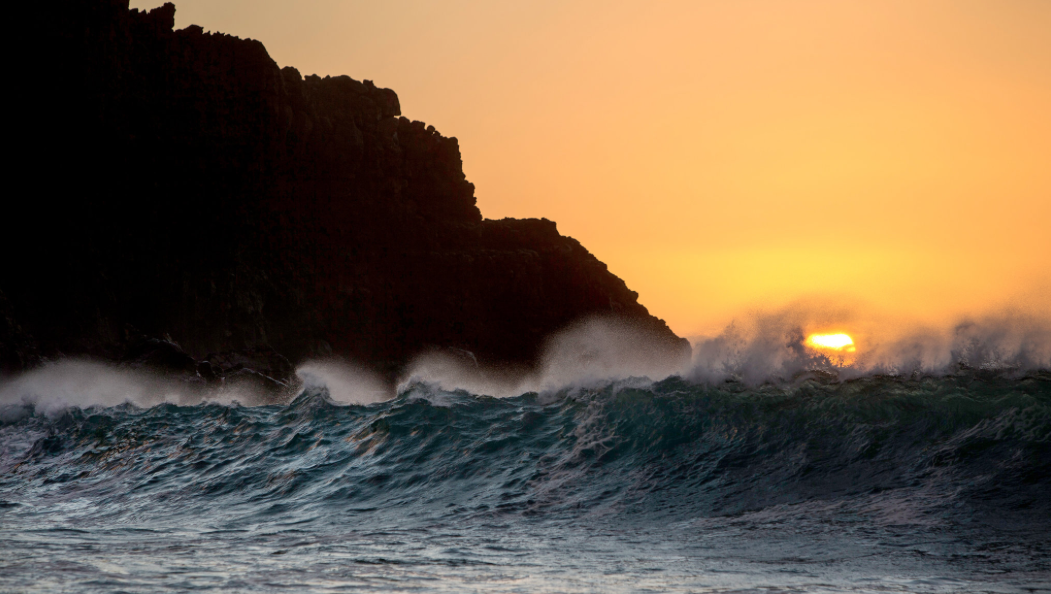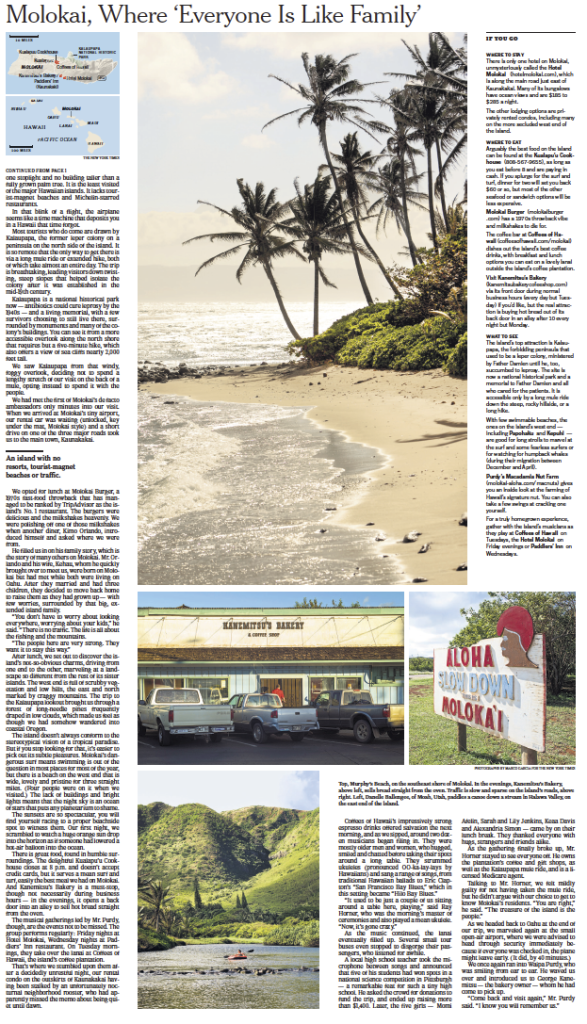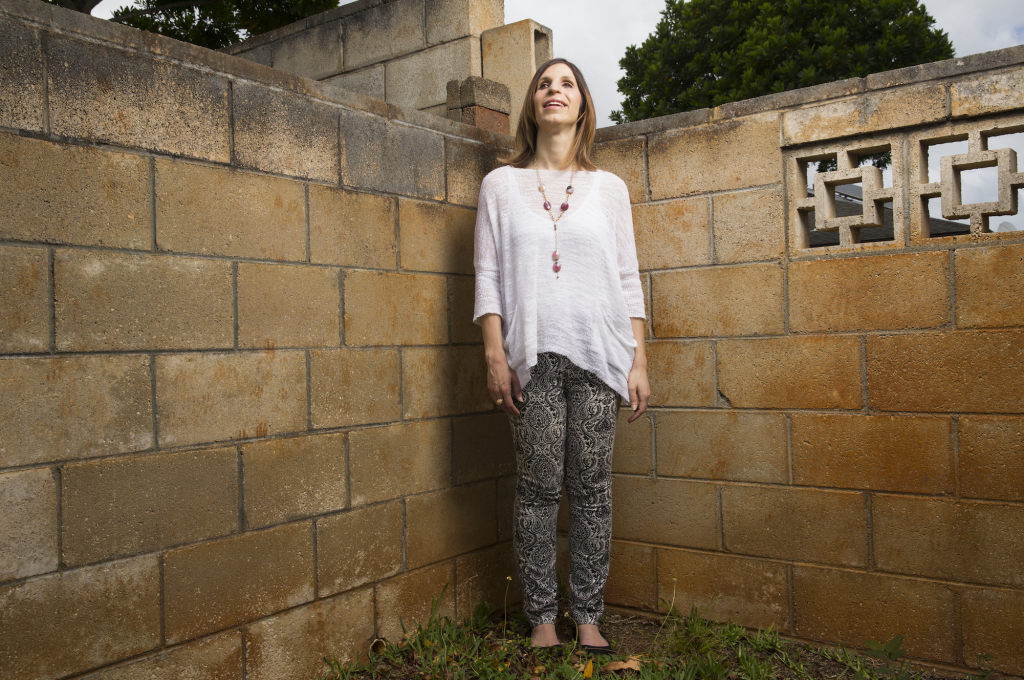
It is far and few between that I get the jitters when I have to photograph someone. Working as a professional photographer for over ten years has given me the kind of confidence of being able to walk into a situation, put all the pieces together and walk out with a wonderful image. I’ve photographed just about everything imaginable and very little rattles me.
However, I almost lost my nerve when the Wall Street Journal assigned me to photograph renowned Mezzo-soprano Laurie Rubin, for you see, Laurie is blind.
I faced the literal “how do I photograph someone who can’t see?” As my world is a visual performance, I was unsure of how to approach capturing someone who can’t see what I am creating. I was not sure I could pull it off. But I put my best foot forward and went to tackle a subject to which I feared.
Laurie and her partner live in the middle of Oahu and I had to meet her at their home. The assignment was part of the paper’s “What’s In My Bag” series and I had to photograph all the items she usually carries around in her purse on a daily basis along with capturing an environment portrait of her.
Laurie greeted me at the front door and if it hadn’t been for her cautious, meticulous moments around the house, I would have never guessed she was visually impaired. Apparently her eyes give it away but she refuses to wear dark glasses, as she’s comfortable with herself, unlike me who has never spent much time with anyone with an disability.
We chatted politely and she was very accommodating helping me sort through her house in helping me prepare for the photos. I set up a small studio atop their modern designed furniture in the living room and began to shoot the items that she carried in her purse. She kept this rather large, red bag (unsightly, at best) that held everything from her MacBook, wire cutters for her jewelry making, a wallet, and a book she kept for inspiration. She also had a compact and lipstick and Laurie told me how she taught herself how to put on makeup.
After shooting the still life images, I then went to set up for the portrait and moved my Profoto light bank around and used a bookshelf as the background. Laurie, who had no insecurities about having her picture taken, was very agreeable and took instruction well on how to pose. I became very mindful of my visual vocabulary as I worried about using terms like “look this way,” or “look towards the cameras,” but my sensitivity seemed to do little good, as Laurie was comfortable with herself and what we were doing. Laurie did say she could sense bright light and I would direct her by asking her to point her nose at my light which she did.
After another setup on the couch, I took her outside to the backyard and set her up against a brick wall with a tree right behind her. As we slipped out the door, Laurie gently placed her hand out for me to guide her and we stepped through the overgrown grass in her quaint backyard.
As far as how our portrait session went, Laurie was a wonderful subject who was keenly aware of who she was and was perceptive of how she “looked.” We made some stellar images and was very proud to have had her in front of my camera. I couldn’t help but to feel slightly empty as I left as I couldn’t show her my pictures. Like a chef who cannot taste he creation, I could not enjoy a moment with her relishing over our pictures. I’ve never felt photography was a one way street as it takes two to make an image. Laurie was the most important ingredient in the image and it pained me that I couldn’t have her take a bite.
But as she is a tremendous creative who uses a different tool than the one I have grown accustom to using, Laurie understood, whether she could see it or not, that we made something wonderful. Regardless of my fear of something different, I was very proud to have photographed Laurie as she helped me understand a bit more about art and about a disability.
But she also taught me that not all that is beautiful can be seen.

